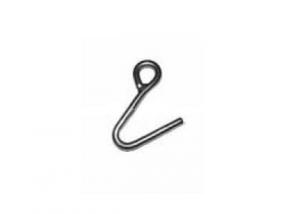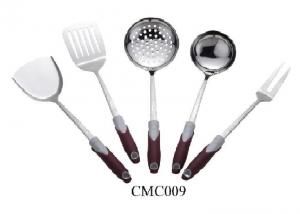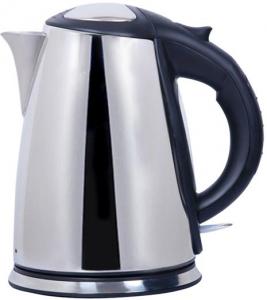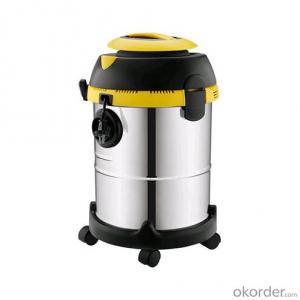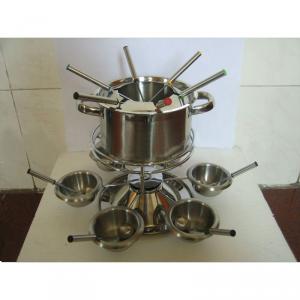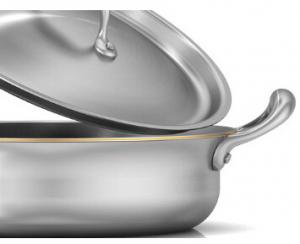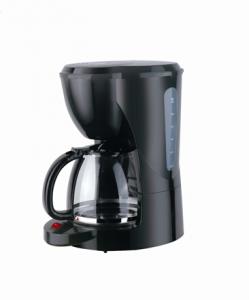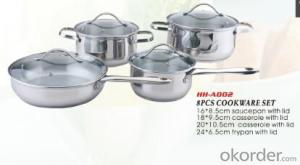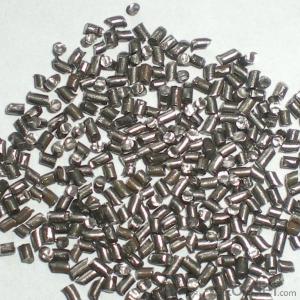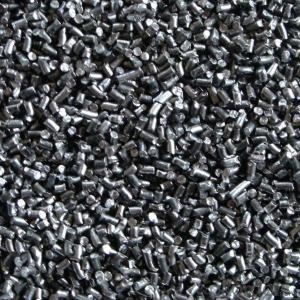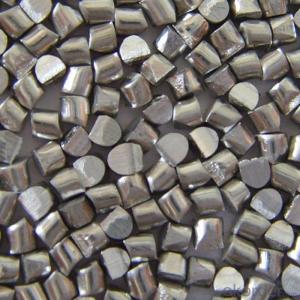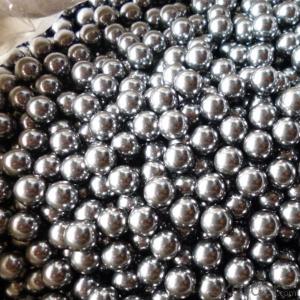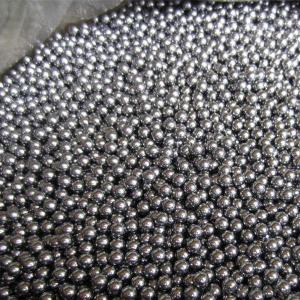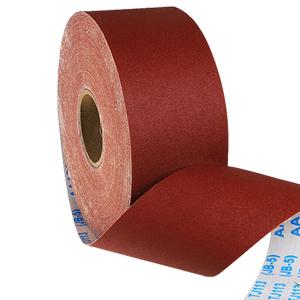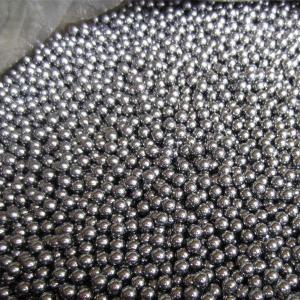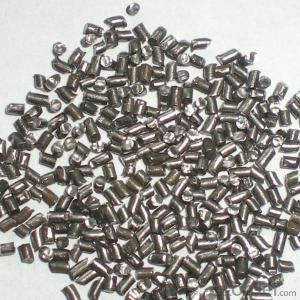Stainless Steel Toothpick
Stainless Steel Toothpick Related Searches
Stainless Steel Toaster Stainless Steel Toolbox Stainless Steel Teeth Stainless Steel Scissor Stainless Steel Tongue Scraper Stainless Steel Straw Toolbox Stainless Steel Stainless Steel Tool Box Stainless Steel Appliance Stainless Steel Fork Stainless Steel Tote Stainless Steel Scissors Stainless Steel Tub Stainless Steel Swivel Stainless Steel Cutter Stainless Steel Drill Stainless Steel Tongs Stainless Steel Spatula Stainless Steel Whisk Stainless Steel Tools Tool Box Stainless Steel Stainless Steel Desk Stainless Steel Toolbox Top Stainless Steel Blender Stainless Steel Tap Stainless Steel Tupperware Stainless Steel Top Stainless Steel Stool Stainless Steel Knives Stainless Steel SharpieStainless Steel Toothpick Supplier & Manufacturer from China
Stainless Steel Toothpicks are a popular choice for maintaining oral hygiene and removing food debris from between teeth. These toothpicks are made from high-quality stainless steel material, ensuring durability and longevity. They are an essential item in everyday life, providing a convenient and efficient way to clean teeth and gums.Stainless Steel Toothpicks are widely used in various settings, such as at home, in restaurants, or during travel. They are particularly useful after meals, when food particles can become trapped between teeth, causing discomfort and potential dental issues. By using these toothpicks, individuals can easily remove debris and maintain a clean and healthy mouth. Additionally, they are a practical and hygienic alternative to traditional wooden toothpicks, as they can be easily cleaned and reused.
Okorder.com is a renowned wholesale supplier of Stainless Steel Toothpicks, offering a vast inventory to cater to the needs of various businesses and individuals. With their extensive range of products, customers can find the perfect Stainless Steel Toothpicks to suit their requirements. The company prides itself on providing top-quality products at competitive prices, ensuring customer satisfaction and building long-lasting business relationships.
Hot Products



